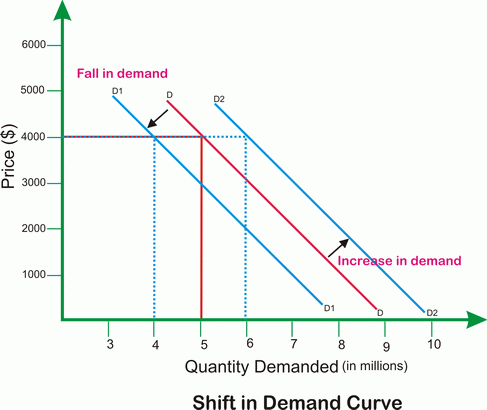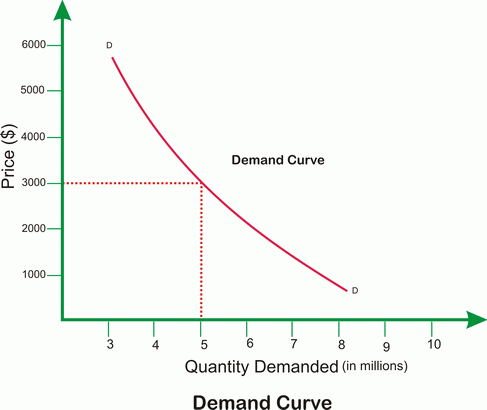Transition Economies
A transition economy is an economy which is changing from a centrally
planned economy to a free market. Transition economies undergo economic
liberalization, where market forces set prices rather than a central
planning organization and trade barriers are removed, privatization of
government-owned enterprises and resources, and the creation of a
financial sector to facilitate the movement of private capital.
The Ingredients of the Transition Process include
- Liberalization: the process of allowing most prices to be
determined in free markets and lowering trade barriers that had shut off
contact with the price structure of the world's market economies.
- Macroeconomic stabilization: primarily the process through
which inflation is brought under control and lowered over time, after
the initial burst of high inflation that follows from liberalization and
the release of pent-up demand. This process requires discipline over
the government budget and the growth of money and credit (that is,
discipline in fiscal and monetary policy) and progress toward
sustainable balance of payments.
- Restructuring and privatization: the processes of creating a
viable financial sector and reforming the enterprises in these
economies to render them capable of producing goods that could be sold
in free markets and of transferring their ownership into private hands.
- Legal and institutional reforms: These are needed to
redefine the role of the state in these economies, establish the rule of
law, and introduce appropriate competition policies.
Examples of Transition economies
Transition economies in Europe and the former Soviet Union
CEE
Albania, Bulgaria, Croatia, Czech Republic, FYR Macedonia, Hungary, Poland, Romania, Slovak Republic, Slovenia
Baltics
Estonia, Latvia, Lithuania
CIS
Armenia, Azerbaijan, Belarus, Georgia, Kazakhstan, Kyrgyz Republic,
Moldova, Russia, Tajikistan, Turkmenistan, Ukraine, Uzbekistan
Transition economies in Asia
Cambodia, China, Laos, Vietnam




